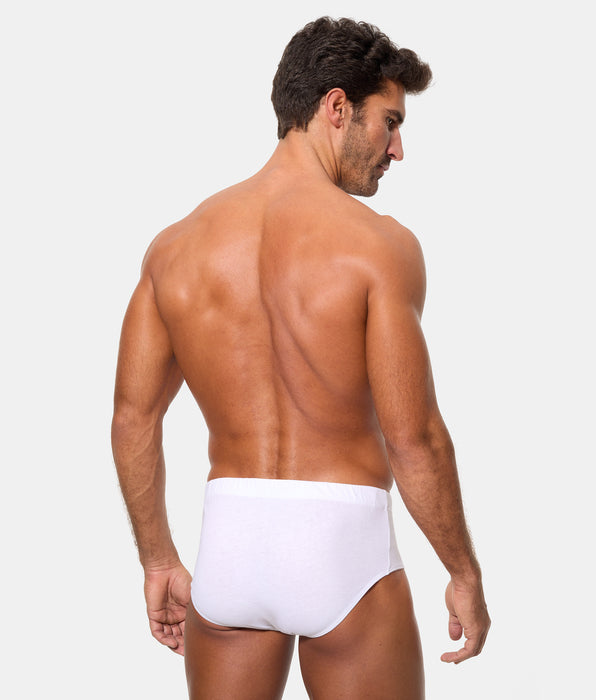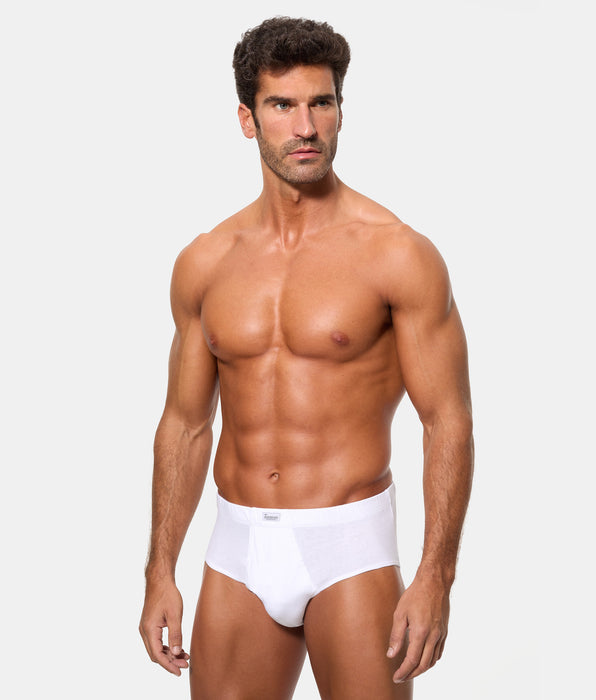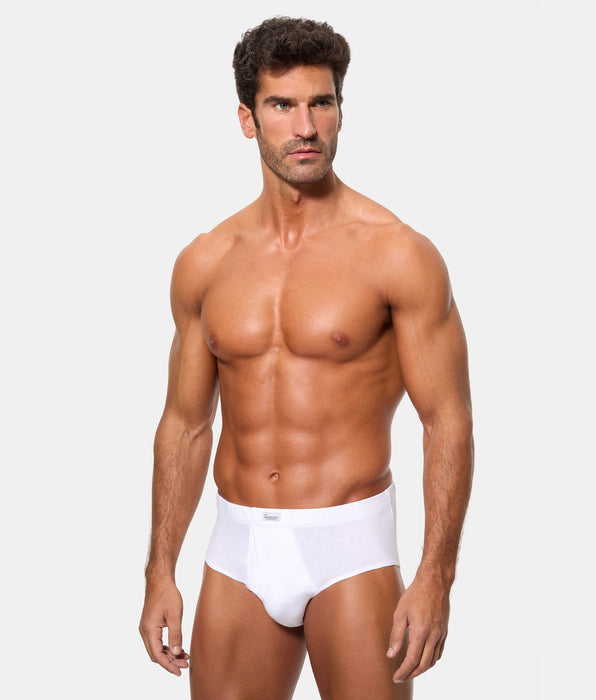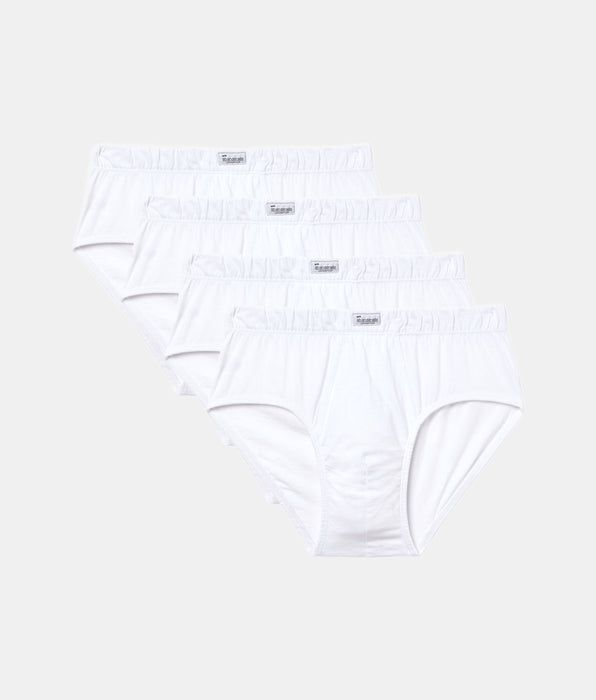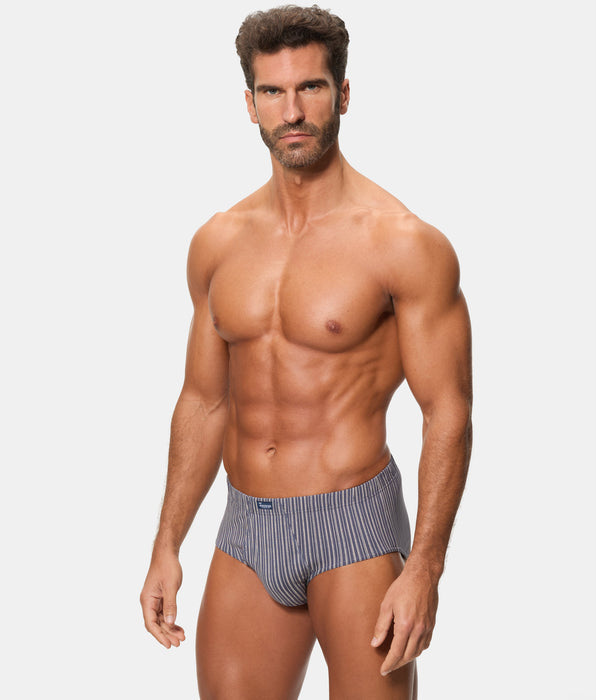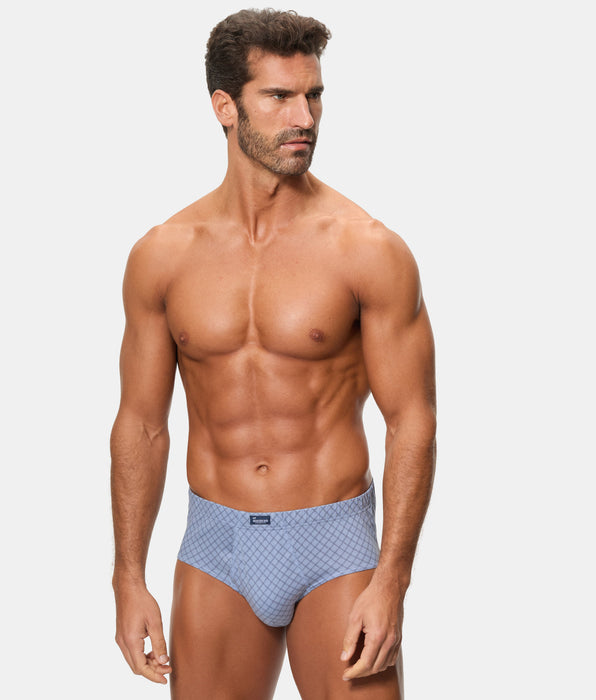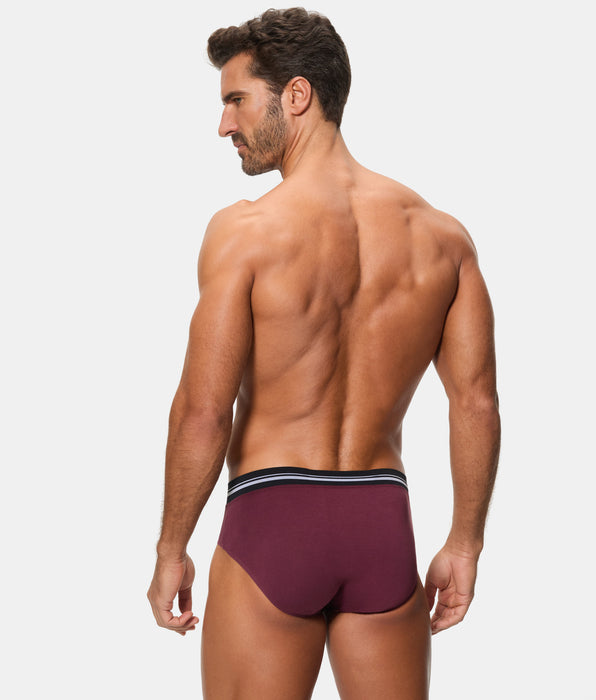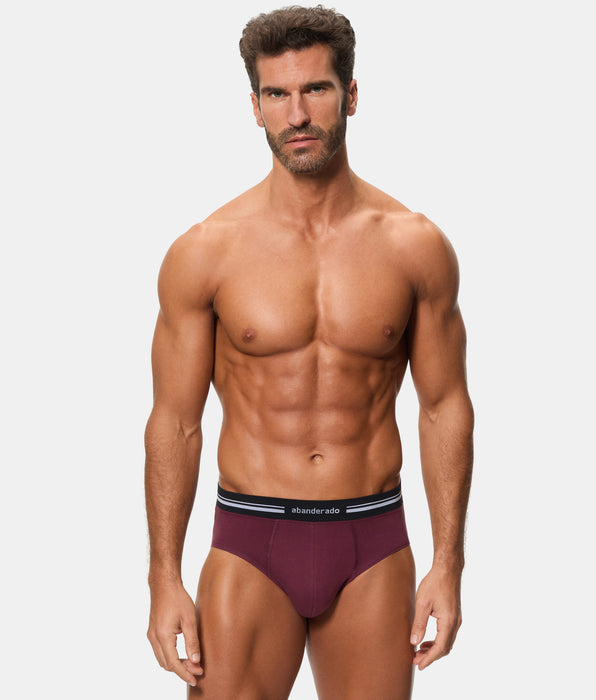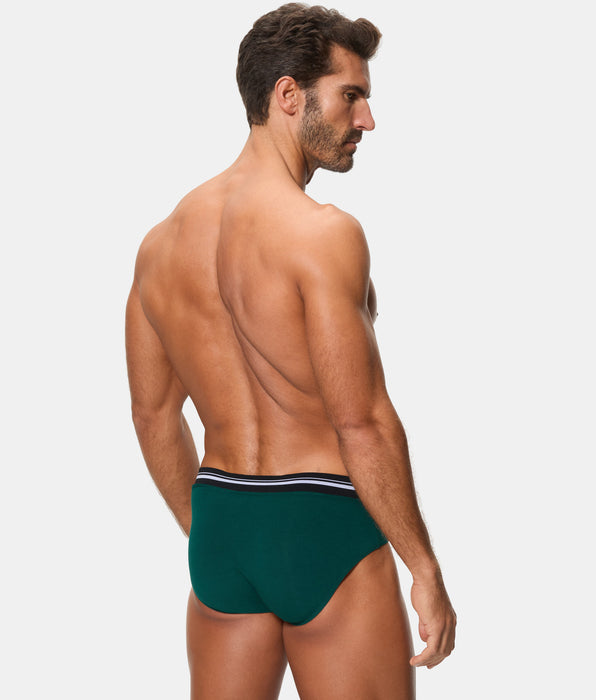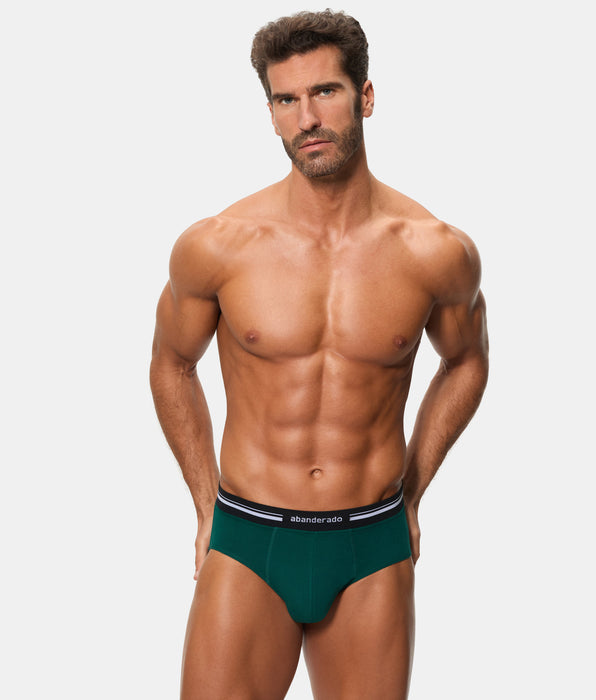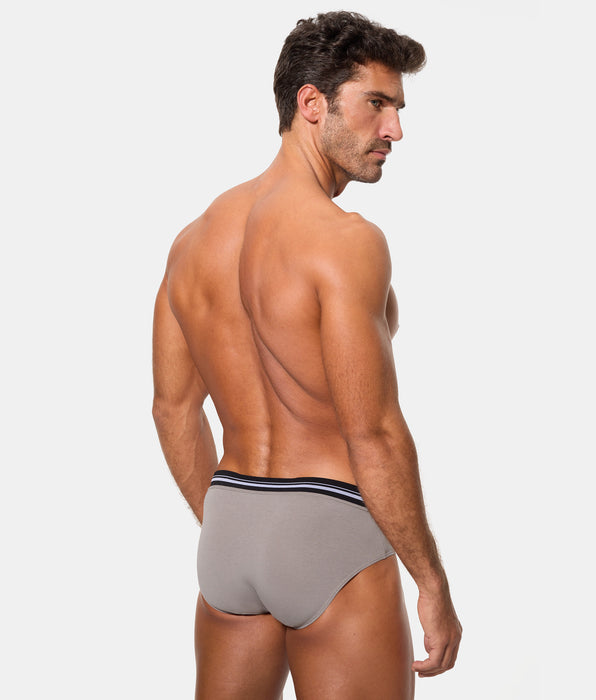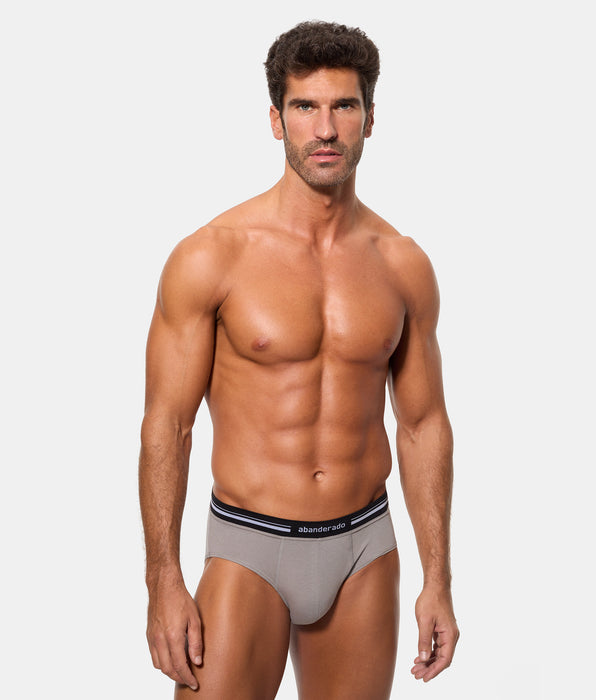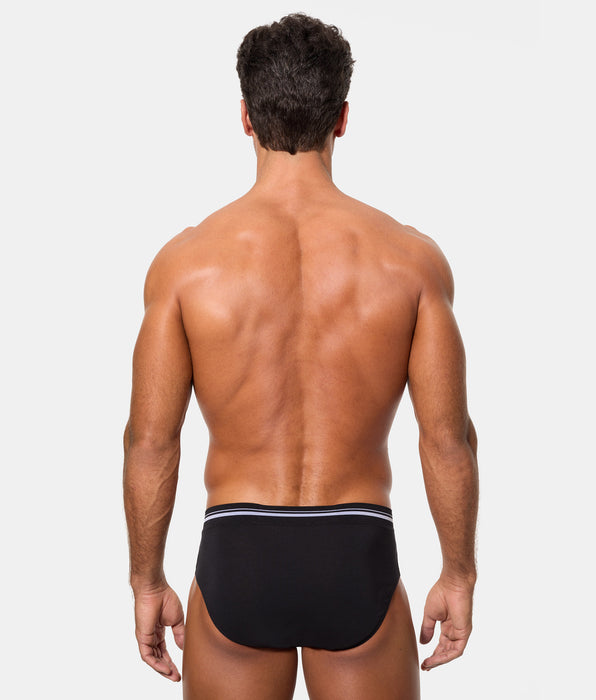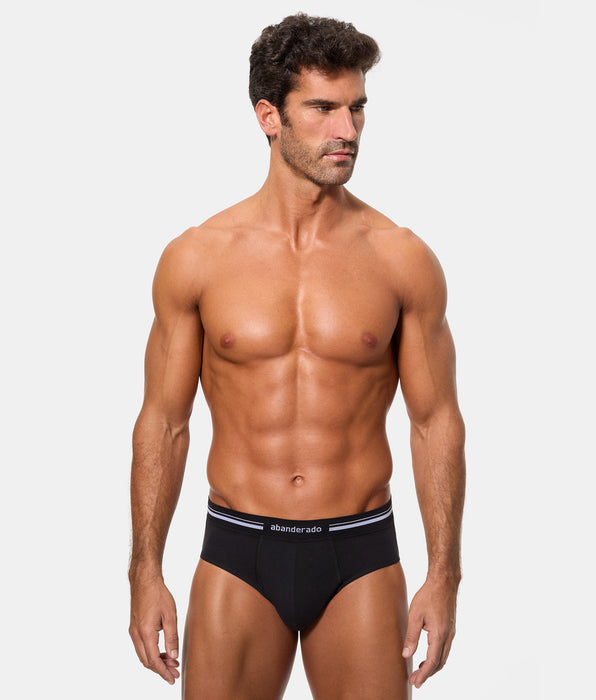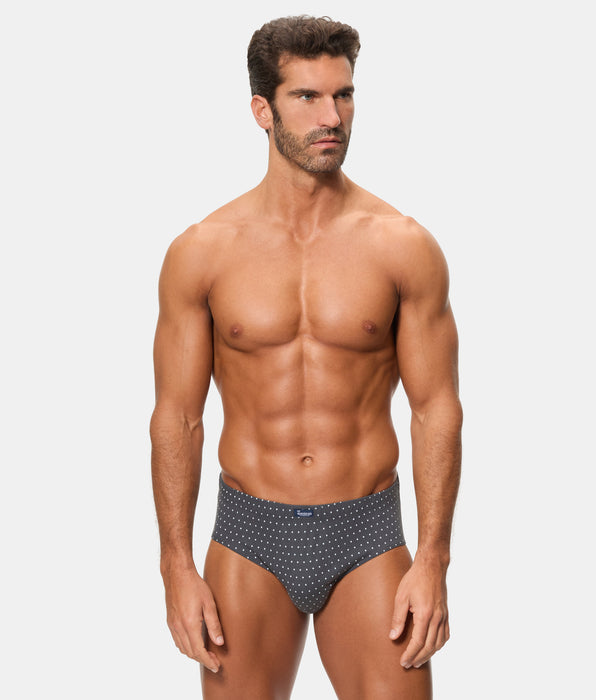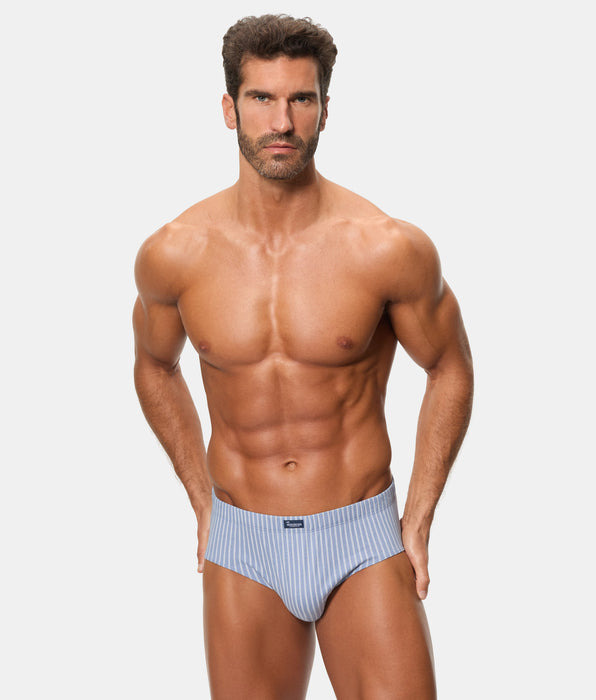Choosing the right thermal clothing can be a challenge, especially when looking for the perfect combination of comfort and functionality. Whether you're planning a cold-weather outdoor excursion or simply looking for an extra layer of protection from the cold during the winter, knowing
how to choose thermal clothing correctly is essential.
6 tips for choosing the right thermal clothing for your needs
When it comes to selecting the right thermal clothing,
it's crucial to look beyond appearances . There are a variety of important details you need to consider to ensure you're getting the garment that best suits your circumstances and activities.
1. Understand what thermal underwear is
Thermal clothing is a base layer
worn in direct contact with the skin . Its main function is to provide insulation and regulate body temperature by retaining the heat the body naturally produces.
Additionally, thermal clothing
helps wick sweat and moisture away from the skin , keeping your body dry and warm. This feature is especially important in cold environments, where wet clothing can be a major inconvenience and negatively impact your comfort and health.
2. Take into account the material
The material of your thermal clothing is crucial to its effectiveness. Consider the climate and the type of activities you'll be doing, as this will help you decide on the material and weight of the fabric. Here are some popular options:
-
Merino wool. This is one of the most popular materials for thermal clothing due to its natural insulating properties and moisture management. Merino wool is soft, itch-free, and offers excellent thermal regulation.
-
Synthetics. Synthetic materials such as polyester and nylon are common in thermal clothing. They are lightweight, quick-drying, and extremely durable.
-
Winter cotton. In Abanderado's Thermal collection, you'll find 100% winter cotton thermal undershirts and long johns. These garments are made with winter cotton in an open-needle interlock fabric, which provides extra warmth and softness thanks to their plush interior.
-
Winter fiber. Winter fiber is a blend of cotton and polyester that offers you the extra comfort you need in extreme cold. In Abanderado's Thermal collection, we have short-sleeved and long-sleeved undershirts and long underwear, made with winter fiber with a plush interior.
-
Termaltech fiber. Termaltech fiber is a blend of cotton, polyamide, viscose, and elastane that generates and retains heat. Abanderado's Térmico collection includes a line featuring this extra-fine fiber, whose garments provide warmth and greater comfort in extreme cold.

3. The weight of the fabric
Thermal clothing comes in different weights, generally classified as light, medium, and heavy, which are chosen based on temperature and activity level:
-
Lightweight. Ideal for cold but not extreme climates, or for physical activities that generate a lot of body heat.
-
Medium. It offers a balance of thermal insulation and breathability, suitable for colder conditions or less physical activity.
-
Heavy. Perfect for extreme cold and low-intensity activities where body heat generation is minimal.
4. The fit of thermal clothing
Fit is vital to ensuring the functionality of thermal clothing. It must be
tight enough to maintain body heat and facilitate the insulation layer without restricting movement. A garment that is too tight can restrict circulation, while one that
is too loose will not retain heat efficiently .

5. Manufacturing technology
Look for thermal clothing that incorporates advanced technologies to improve comfort and functionality. Some features to consider include:
-
Anti-odor properties. Ideal for long days.
-
Flatlock seams. They help prevent irritation and are ideal for close-fitting layers.
-
Ventilation zones. Incorporated in areas that tend to accumulate more moisture, such as the armpits.
6. Durability and care
Durability is an important consideration, especially if you plan to wear your thermals frequently. Research
how to care for your thermals to maximize their lifespan. Most thermals will need
to be washed in cold water and air dried to prevent shrinkage and premature wear of the synthetic or natural fabric.
Choosing the right thermal clothing requires considering a number of factors, from material and fabric weight to fit and built-in technologies. By following these tips, you'll be well equipped to select the thermal clothing that best suits your needs, ensuring comfort and protection from the cold without compromising style or mobility.




